 Welcome
Welcome
“May all be happy, may all be healed, may all be at peace and may no one ever suffer."
Wrinkles
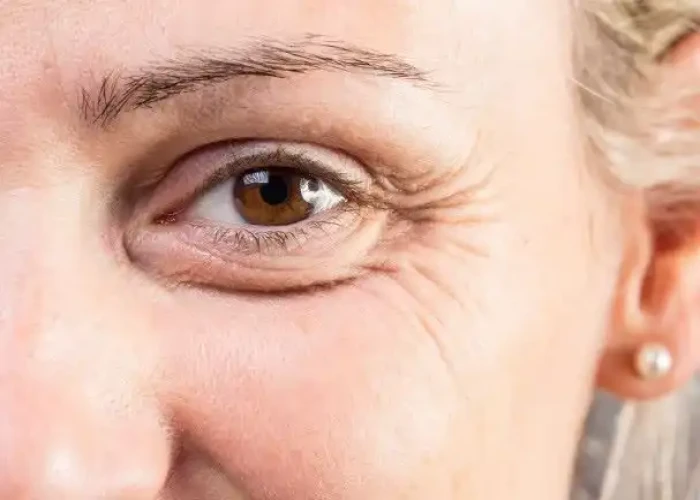
Wrinkles are a natural part of the aging process and occur as the skin loses elasticity and becomes less able to retain moisture. They can appear on any part of the body, but are most commonly seen on the face, neck, and hands.
There are two types of wrinkles: fine surface lines and deep furrows. Fine surface lines are caused by UV exposure, dehydration, and smoking. Deep furrows are typically the result of repetitive facial expressions, such as frowning or squinting, over a long period of time.
While wrinkles cannot be completely prevented, there are steps you can take to reduce their appearance and slow down the aging process. These include:
- Protecting your skin from the sun: Wear protective clothing and apply sunscreen with an SPF of at least 30 whenever you are exposed to the sun.
- Staying hydrated: Drink plenty of water and use a moisturizer to keep your skin hydrated.
- Eating a healthy diet: A diet rich in fruits, vegetables, whole grains, and lean protein can help protect your skin from damage.
- Avoiding smoking: Smoking can accelerate the aging process and cause wrinkles to appear earlier and be more severe.
- Using anti-aging products: Skincare products that contain retinoids, alpha-hydroxy acids, and antioxidants can help reduce the appearance of fine lines and wrinkles.
- Considering medical treatments: Options such as injectable fillers, Botox, chemical peels, and laser treatments can help reduce the appearance of wrinkles and restore a more youthful appearance.
Overall, while wrinkles are a natural part of aging, taking steps to protect your skin and maintain a healthy lifestyle can help slow down the aging process and reduce their appearance.
Research Papers
Disease Signs and Symptoms
- Wrinkles
Disease Causes
Wrinkles
Wrinkles are caused by a combination of factors — some you can control, others you can't:
- Age. As you get older, your skin naturally becomes less elastic and more fragile. Decreased production of natural oils dries your skin and makes it appear more wrinkled.
- Fat in the deeper layers of your skin diminishes. This causes loose, saggy skin and more-pronounced lines and crevices.
- Exposure to ultraviolet (UV) light. Ultraviolet radiation, which speeds the natural aging process, is the primary cause of early wrinkling. Exposure to UV light breaks down your skin's connective tissue — collagen and elastin fibers, which lie in the deeper layer of skin (dermis).
- Without the supportive connective tissue, your skin loses strength and flexibility. Skin then begins to sag and wrinkle prematurely.
- Smoking. Smoking can accelerate the normal aging process of your skin, contributing to wrinkles. This may be due to smoking's effect on collagen.
- Repeated facial expressions. Facial movements and expressions, such as squinting or smiling, lead to fine lines and wrinkles. Each time you use a facial muscle, a groove forms beneath the surface of the skin. And as skin ages, it loses its flexibility and is no longer able to spring back in place. These grooves then become permanent features on your face.
Disease Prevents
Wrinkles
Here are some tips for protecting your skin and minimizing the appearance of wrinkles:
- Protect your skin from the sun. Limit the time you spend in the sun, especially midday, and always wear protective clothing, such as wide-brimmed hats, long-sleeved shirts and sunglasses. Also, use sunscreen year-round when outdoors.
- Choose a skin-care product with a built-in sun protection factor (SPF) of at least 15. The American Academy of Dermatology recommends using a broad-spectrum sunscreen with an SPF of 30 or more. Apply sunscreen generously, and reapply every two hours — or more often if you're swimming or perspiring.
- Use products with built-in sunscreen. When selecting skin care products, choose those with a broad-spectrum sunscreen — meaning it blocks both UVA and UVB rays.
- Moisturize. Dry skin shrivels plump skin cells, which can lead to premature fine lines and wrinkles. Moisturizing traps water in your skin, which helps mask tiny lines and creases. It may take a few weeks of regular use of the product before you notice any improvement in your skin.
- Don't smoke. Even if you've smoked for years or smoke heavily, you can still improve your skin tone and texture and prevent wrinkles by quitting smoking.
- Eat a healthy diet. There is some evidence that certain vitamins in your diet help protect your skin. More study is needed on the role of nutrition, but it's good to eat plenty of fruits and vegetables.
Disease Treatments
Several wrinkle treatment options are available to help smooth wrinkles or make them less noticeable.
Medications
- Topical retinoids. Prescription medicine that contains retinoids, which is derived from vitamin A, may reduce fine wrinkles, splotches and roughness when applied to the skin. You may need to use the product for a few weeks or months before you notice improvement. Products include tretinoin (Renova, Retin-A) and tazarotene (Avage, Tazorac), and a synthetic version called adapalene is also an option. Retinoids might cause temporary itching, redness, burning or dryness.
- Because retinoids can make your skin burn more easily, you'll need to daily use a broad-spectrum sunscreen with a sun protection factor (SPF) of at least 30 and wear protective clothing.
- Nonprescription wrinkle creams. The effectiveness of anti-wrinkle creams depends in part on the active ingredients. Retinol, antioxidants and some peptides may result in slight to modest improvements in wrinkles. Products that contain alpha hydroxy acids — such as glycolic acid and lactic acid — may help remove the top layer of dead skin and stimulate new skin growth.
- With nonprescription wrinkle creams, your results, if any, are limited and usually short-lived because these creams contain less of the active ingredients than do prescription creams.
Surgical procedures and other techniques
A variety of procedures are used to smooth out wrinkles. Some studies indicate that a combination of treatments may yield the most satisfying results. Talk with your doctor about what's important to you and which approach would best meet your needs and expectations as far as recovery time and results.
- Laser resurfacing. In ablative (wounding) laser resurfacing, a laser beam destroys the outer layer of skin (epidermis) and heats the underlying skin (dermis). This stimulates the growth of new collagen fibers. As the wound heals, smoother, tighter skin forms. Laser resurfacing can't eliminate excessive or sagging skin.
- Laser resurfacing may be done as an outpatient procedure, usually with a local anesthetic. You may be fully sedated for extensive resurfacing. It can take several months to fully heal from ablative laser resurfacing. A newer method using fractional lasers has a shorter recovery time. Risks include scarring and lightening or darkening of skin color.
- A technique called nonablative laser fractional resurfacing has a shorter healing time and fewer risks than does the ablative technique. Nonablative lasers are better suited to people with moderate wrinkles because results are subtle. This treatment needs to be repeated more often than does ablative treatment. This method also can be done with a fractional laser.
- Photodynamic rejuvenation. Photodynamic therapy (PDT) can treat fine wrinkles caused by sun exposure. You may need repeat treatments, but recovery for PDT is shorter than it is with laser resurfacing.
- Chemical peel. Your doctor applies a chemical solution to the skin to remove the top layers. The skin that grows back after a chemical peel is smother. Depending on the depth of the peel, you may need several treatments before you see a difference in your skin. Redness lasts up to several weeks. Possible side effects include scarring, infection, and lightening or darkening of skin color.
- Dermabrasion. Dermabrasion sands down the surface layer of skin with a rapidly rotating brush. New skin grows in its place. You may need to undergo the procedure more than once.
- Possible side effects include temporary redness, scabbing and swelling. It may take several months for pinkness to fade and for you to see results.
- Microdermabrasion. Similar to dermabrasion, this technique removes only a fine layer of skin. You'll need a series of treatments over months to produce modest, temporary results. If you have rosacea or tiny red veins on your face, this technique could make the condition worse.
- You may notice a slight redness or stinging sensation on the treated areas.
- Botulinum toxin type A (Botox). When injected in small doses into specific muscles, Botox keeps the muscles from contracting. When the muscles can't tighten, the skin appears smoother and less wrinkled.
- Botox works well on frown lines between the eyebrows and across the forehead and on crow's-feet at the eye corners. It takes one to three days to see results. The effect typically lasts a few months. Repeat injections are needed to maintain results.
- Soft tissue fillers. Soft tissue fillers, which include fat, collagen and hyaluronic acid (Restylane, Juvederm, others), can be injected into wrinkles on your face. They plump and smooth wrinkles and furrows. You may experience temporary swelling, redness and bruising in the treated area. The effect of most products is temporary.
- Face-lift. The face-lift procedure involves tightening the underlying muscle and tissues. It may be done in a hospital or an outpatient surgical facility, with a local anesthetic, sedation or general anesthesia. Healing times can be lengthy after a face-lift. Bruising and swelling are usually evident for several weeks after surgery.
- Face-lift results are not permanent. You may choose to undergo another face-lift several years later.
Keep in mind that results vary depending on the location and depth of your wrinkles. Nothing stops the aging process of skin, so you'll likely need repeated treatments to maintain benefits.
These procedures aren't usually covered by insurance. Also, any of the procedures can have side effects, so be sure to discuss them with your doctor. Make sure your dermatologist or plastic surgeon is specially trained and experienced in the technique you're considering.
Disease Diagnoses
Disease Allopathic Generics
Disease Ayurvedic Generics
Disease Homeopathic Generics
Disease yoga
Wrinkles and Learn More about Diseases

Sex headaches
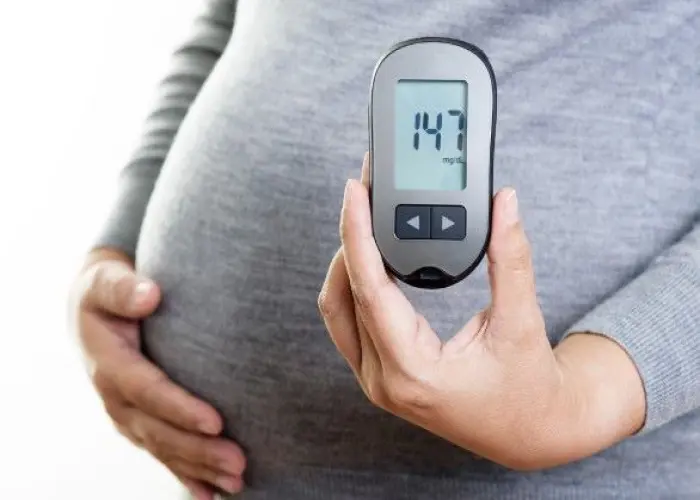
Gestational diabetes
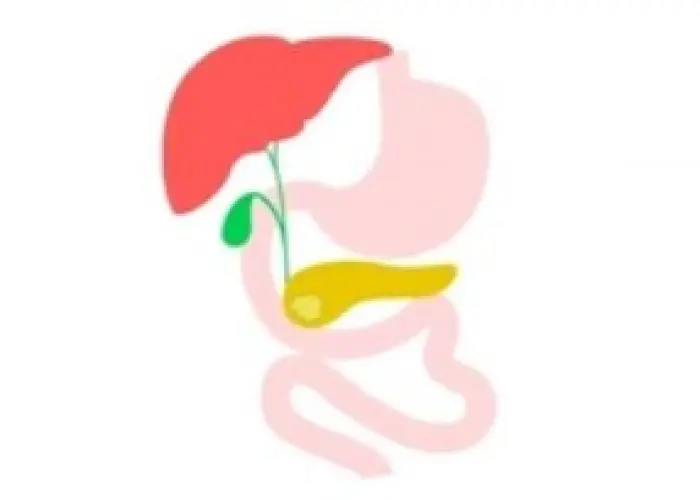
Ampullary cancer

Heat exhaustion

Vitiligo (Leucoderma)
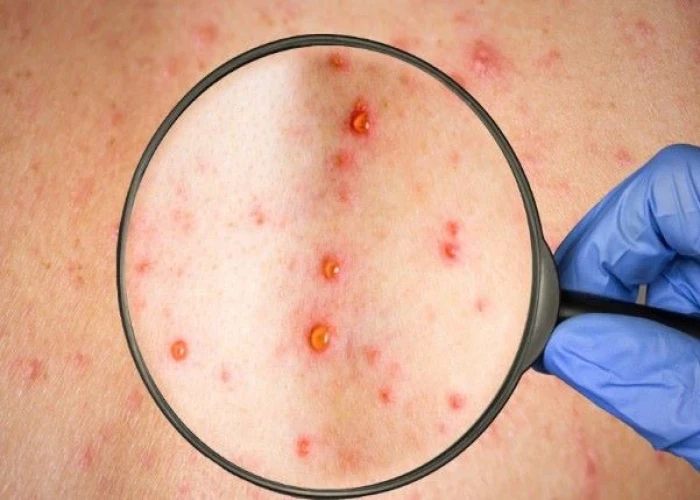
Rubella
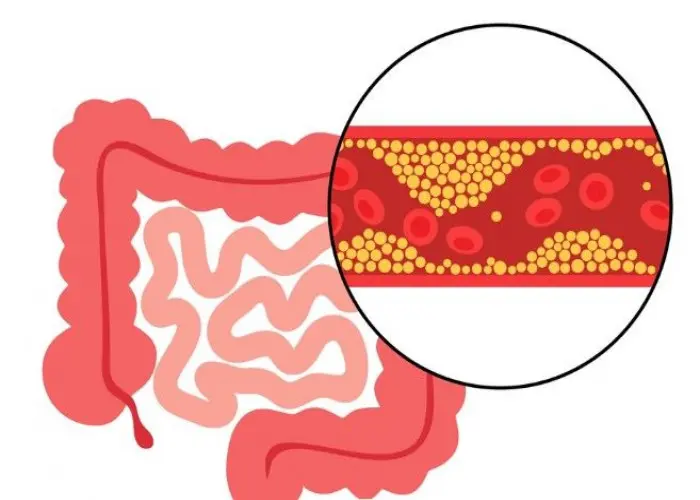
Intestinal ischemia

Pancreatic cancer
Wrinkles, রিঙ্কলস, বলিরেখা
To be happy, beautiful, healthy, wealthy, hale and long-lived stay with DM3S.
